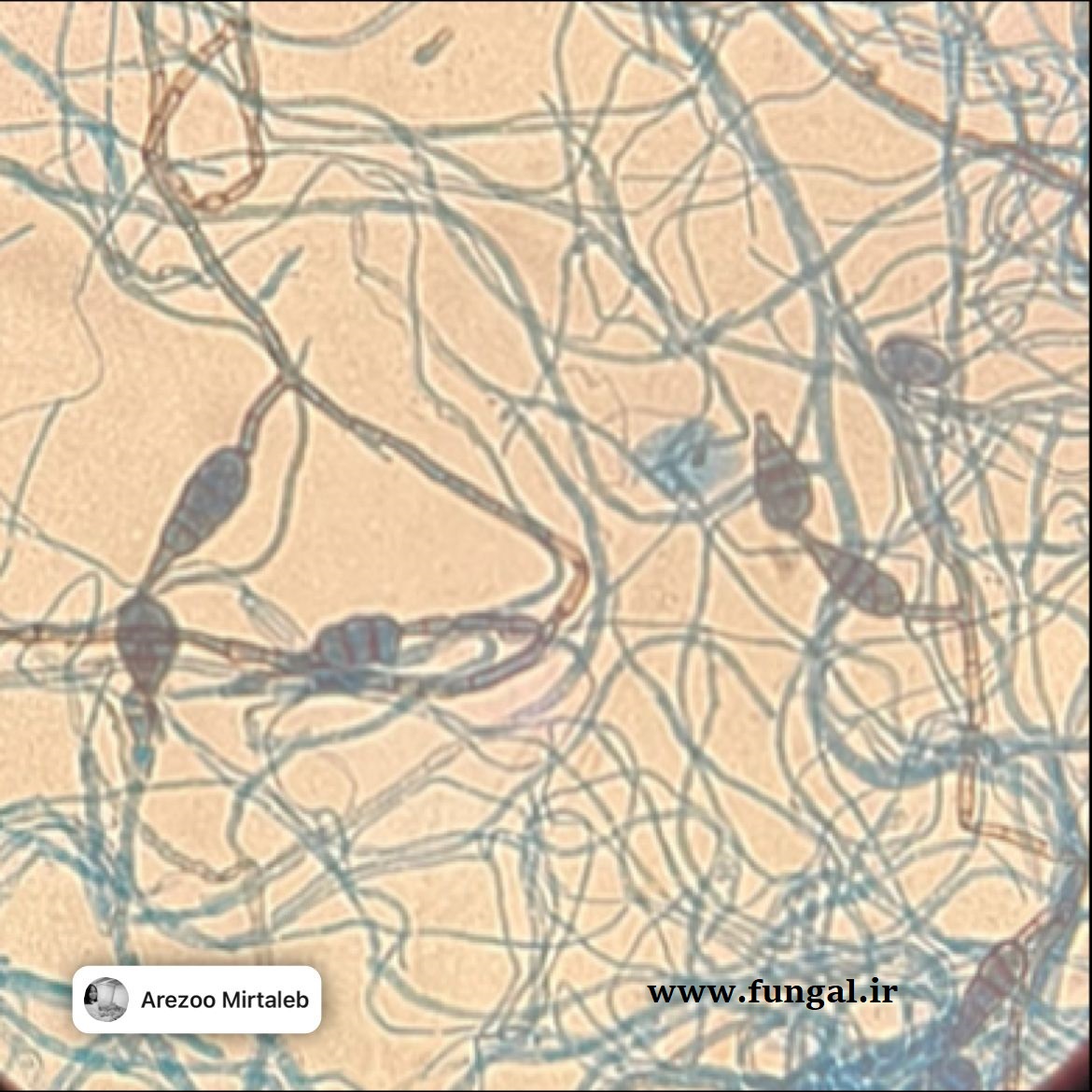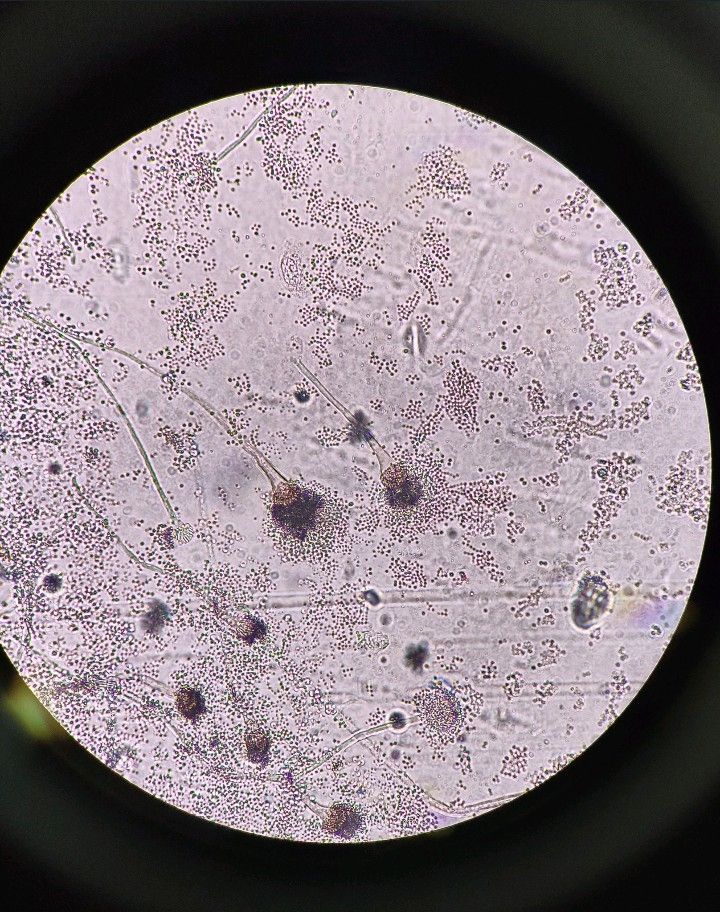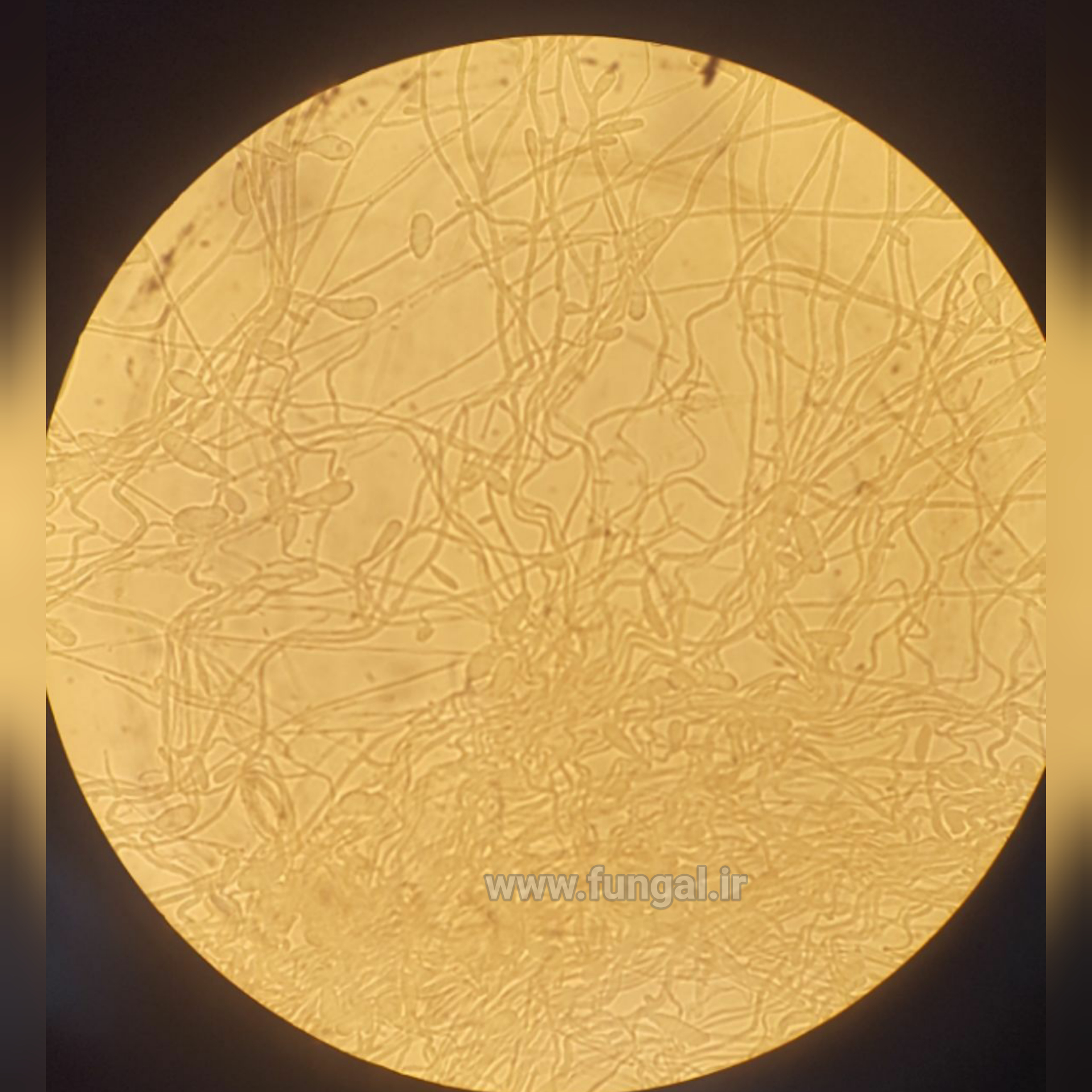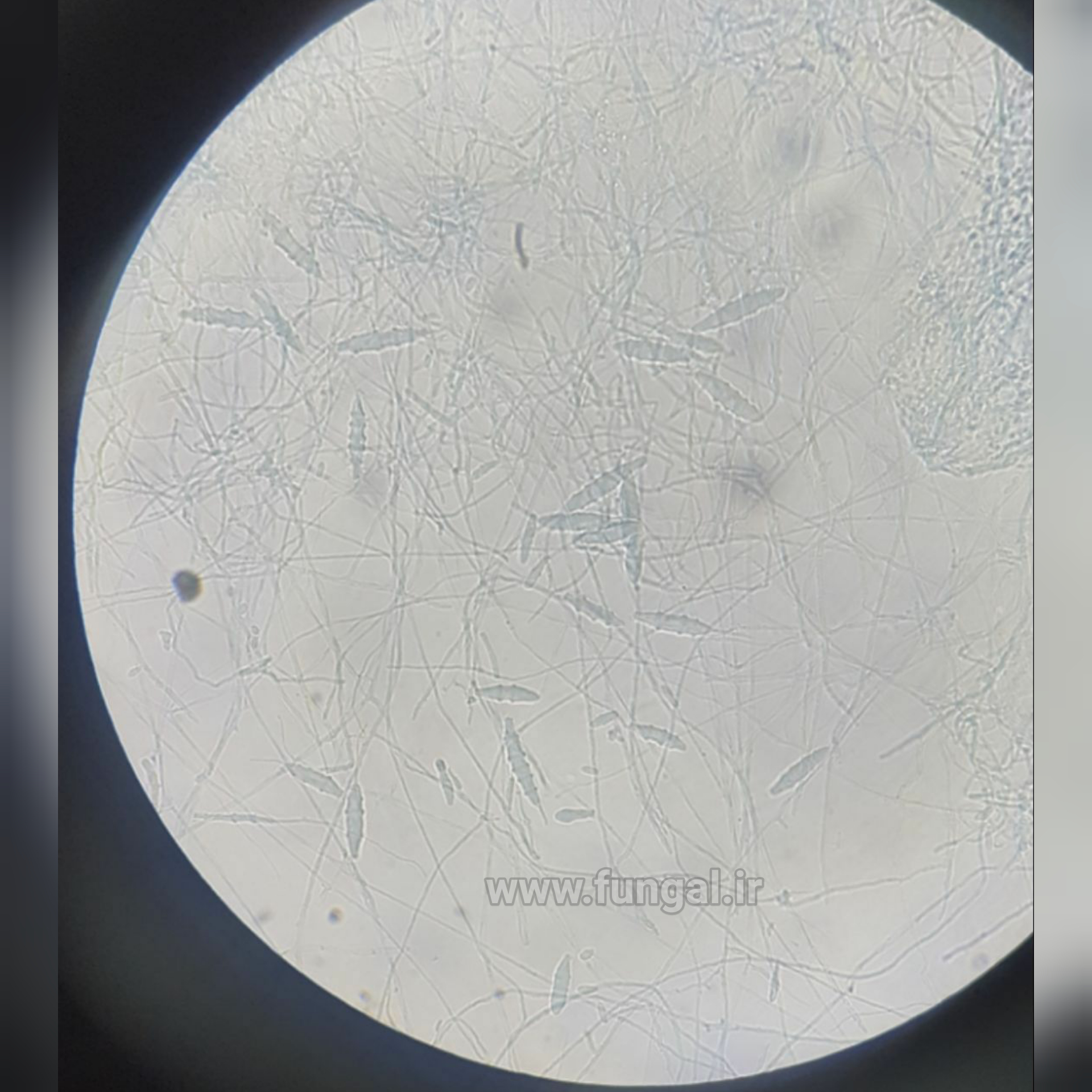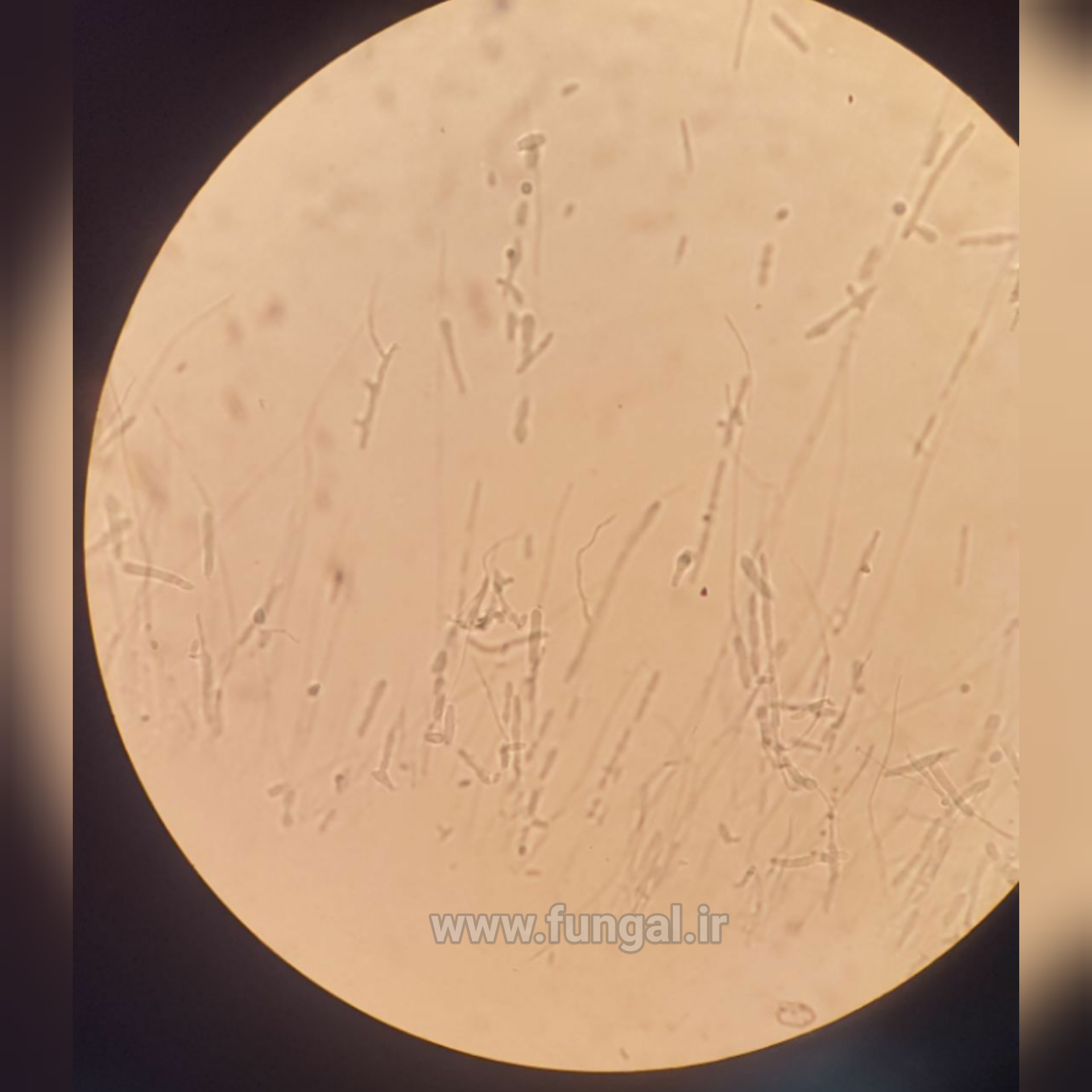Aspergillus flavus is a saprotrophic and pathogenic[1] fungus with a cosmopolitan distribution.[2] It is best known for its colonization of cereal grains, legumes, and tree nuts. Postharvest rot typically develops during harvest, storage, and/or transit. Its specific name flavus derives from the Latin meaning yellow, a reference to the frequently observed colour of the spores. A. flavus infections can occur while hosts are still in the field (preharvest), but often show no symptoms (dormancy) until postharvest storage and/or transport. In addition to causing preharvest and postharvest infections, many strains produce significant quantities of toxic compounds known as mycotoxins, which, when consumed, are toxic to mammals.[3] A. flavus is also an opportunistic human and animal pathogen, causing aspergillosis in immunocompromised individuals.[4]
Aspergillus flavus is found globally as a saprophyte in soils and causes disease on many important agriculture crops. Common hosts of the pathogen are cereal grains, legumes, and tree nuts. Specifically, A. flavus infection causes ear rot in corn and yellow mold in peanuts either before or after harvest.[4] Infection can be present in the field, preharvest, postharvest, during storage, and during transit. It is common for the pathogen to originate while host crops are still in the field; however, symptoms and signs of the pathogen are often unseen. A. flavus has the potential to infect seedlings by sporulation on injured seeds. In grains, the pathogen can invade seed embryos and cause infection, which decreases germination and can lead to infected seeds planted in the field. The pathogen can also discolor embryos, damage seedlings, and kill seedlings, which reduces grade and price of the grains. The incidence of A. flavus infection increases in the presence of insects and any type of stress on the host in the field as a result of damage. Stresses include stalk rot, drought, severe leaf damage, and/or less than ideal storage conditions.[3] Generally, excessive moisture conditions and high temperatures of storage grains and legumes increase the occurrence of A. flavus aflatoxin production.[4] In mammals, the pathogen can cause liver cancer through consumption of contaminated feed or aspergillosis through invasive growth.[4]








